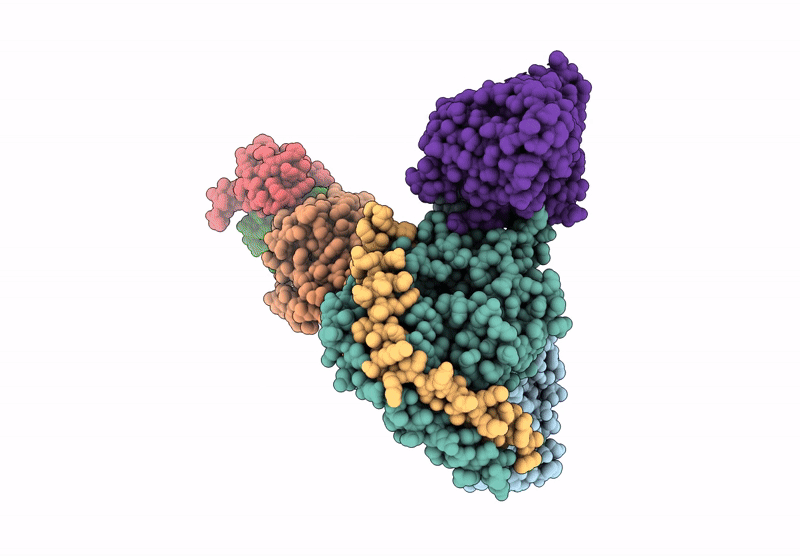
Deposition Date
2024-01-17
Release Date
2025-01-15
Last Version Date
2025-04-09
Entry Detail
PDB ID:
8XX3
Keywords:
Title:
Structure of CXCR2 bound to CXCL3 (CXCR2-CXCL3-Go Full map)
Biological Source:
Source Organism:
Homo sapiens (Taxon ID: 9606)
Mus musculus (Taxon ID: 10090)
Mus musculus (Taxon ID: 10090)
Host Organism:
Method Details:
Experimental Method:
Resolution:
3.38 Å
Aggregation State:
PARTICLE
Reconstruction Method:
SINGLE PARTICLE


